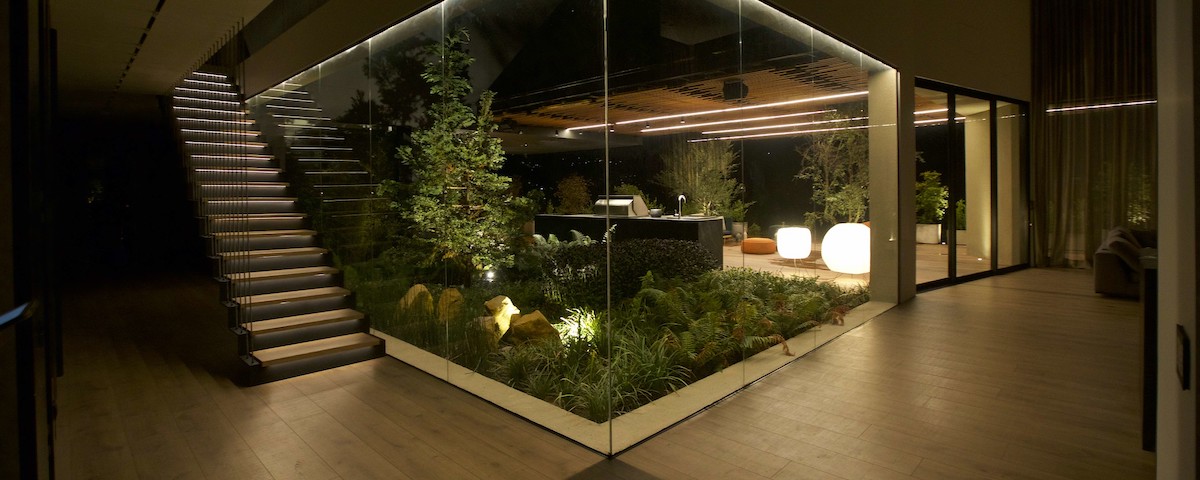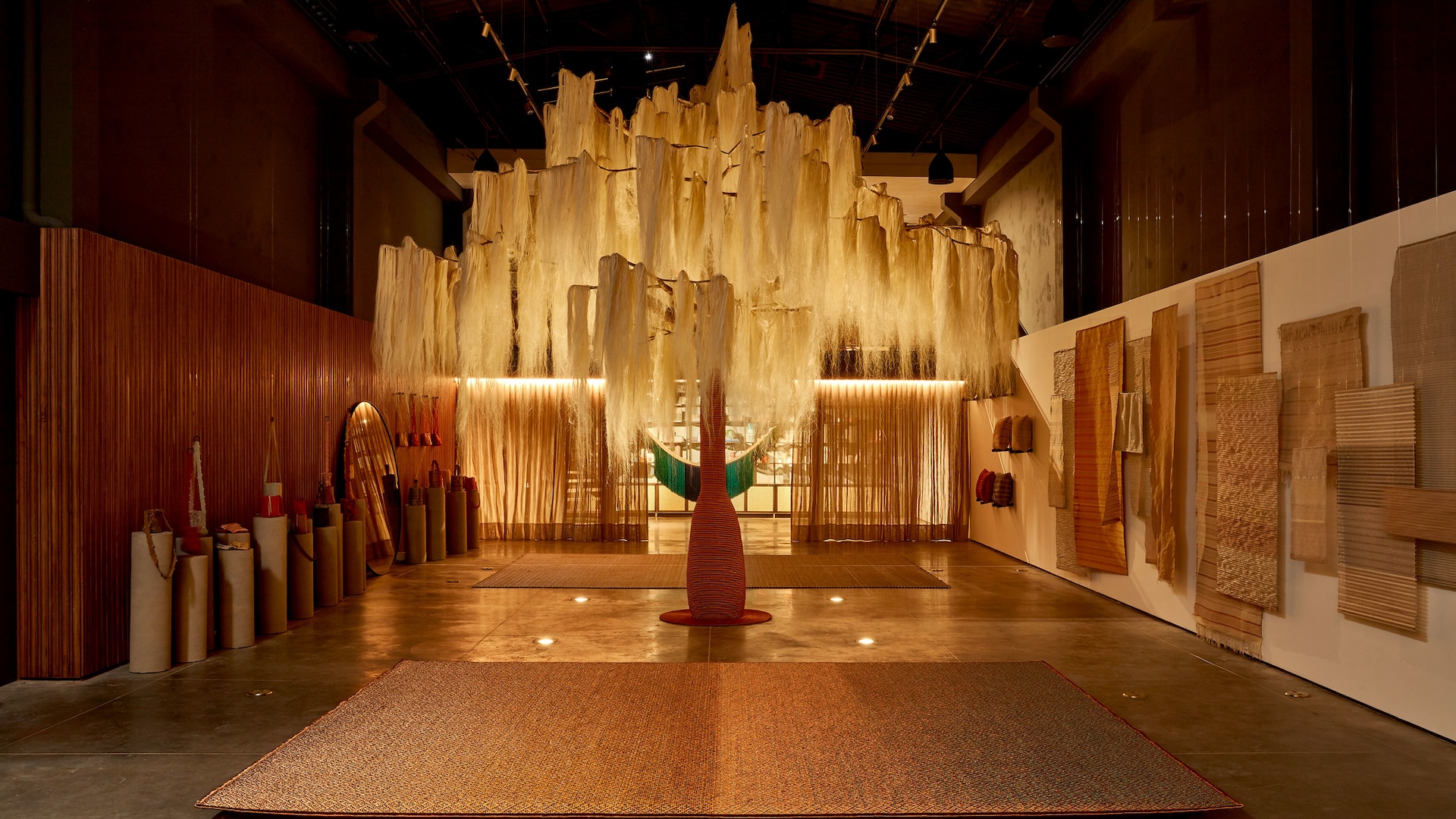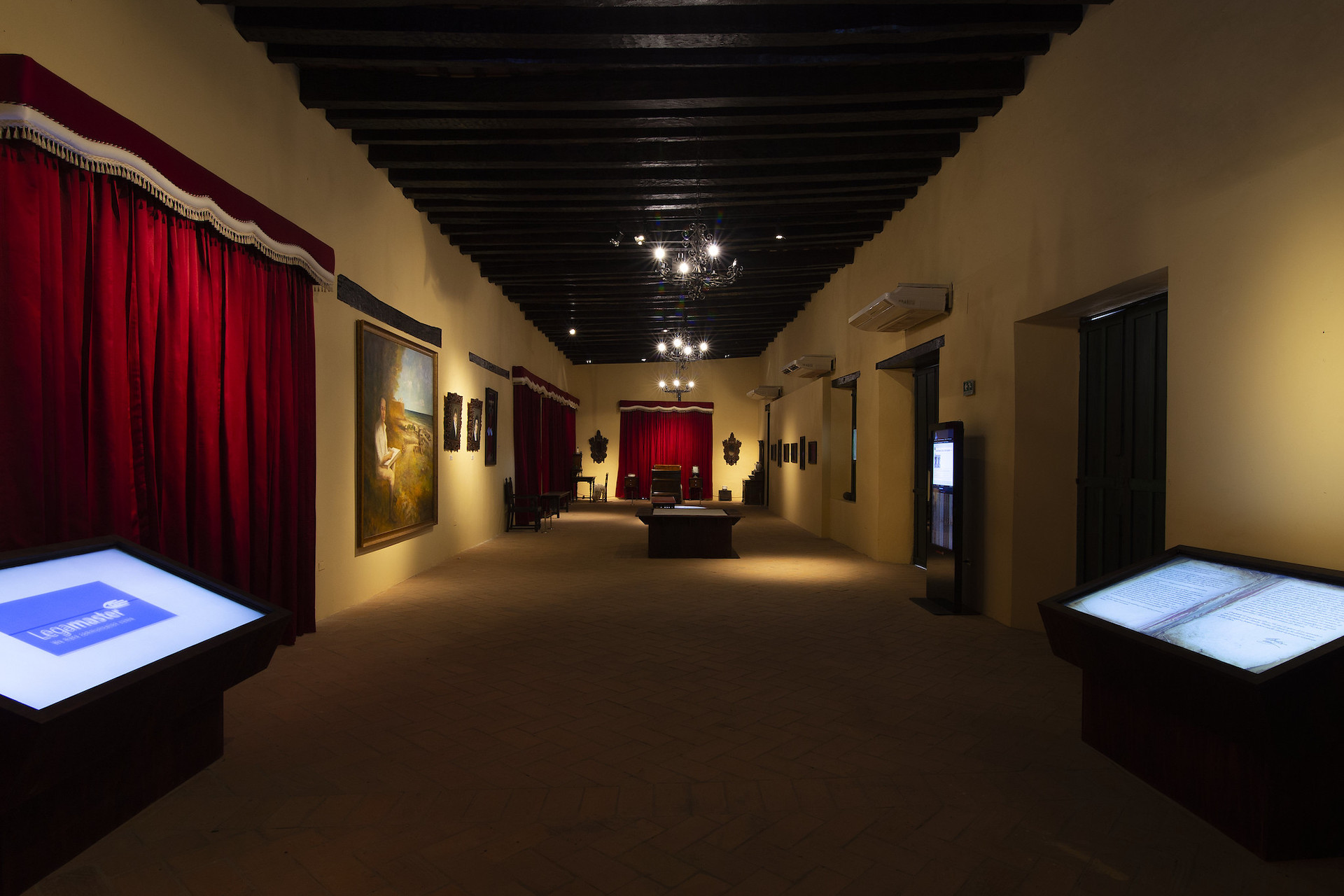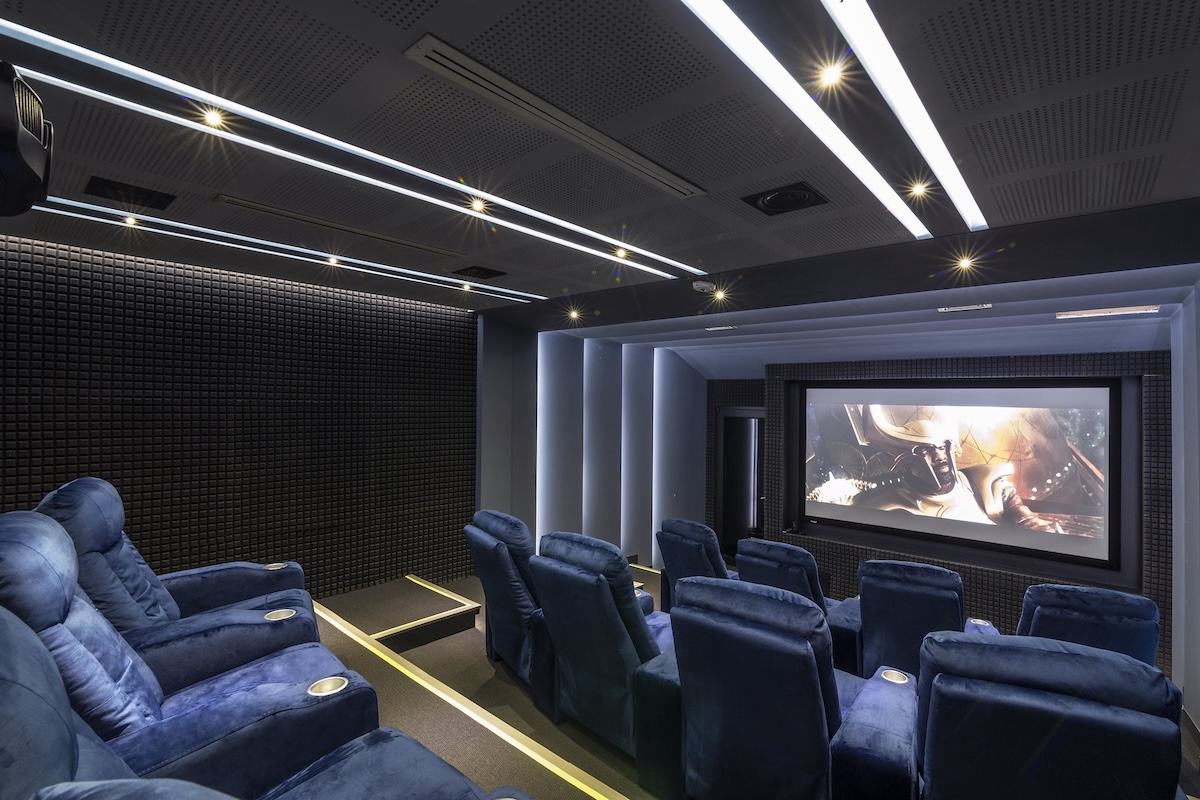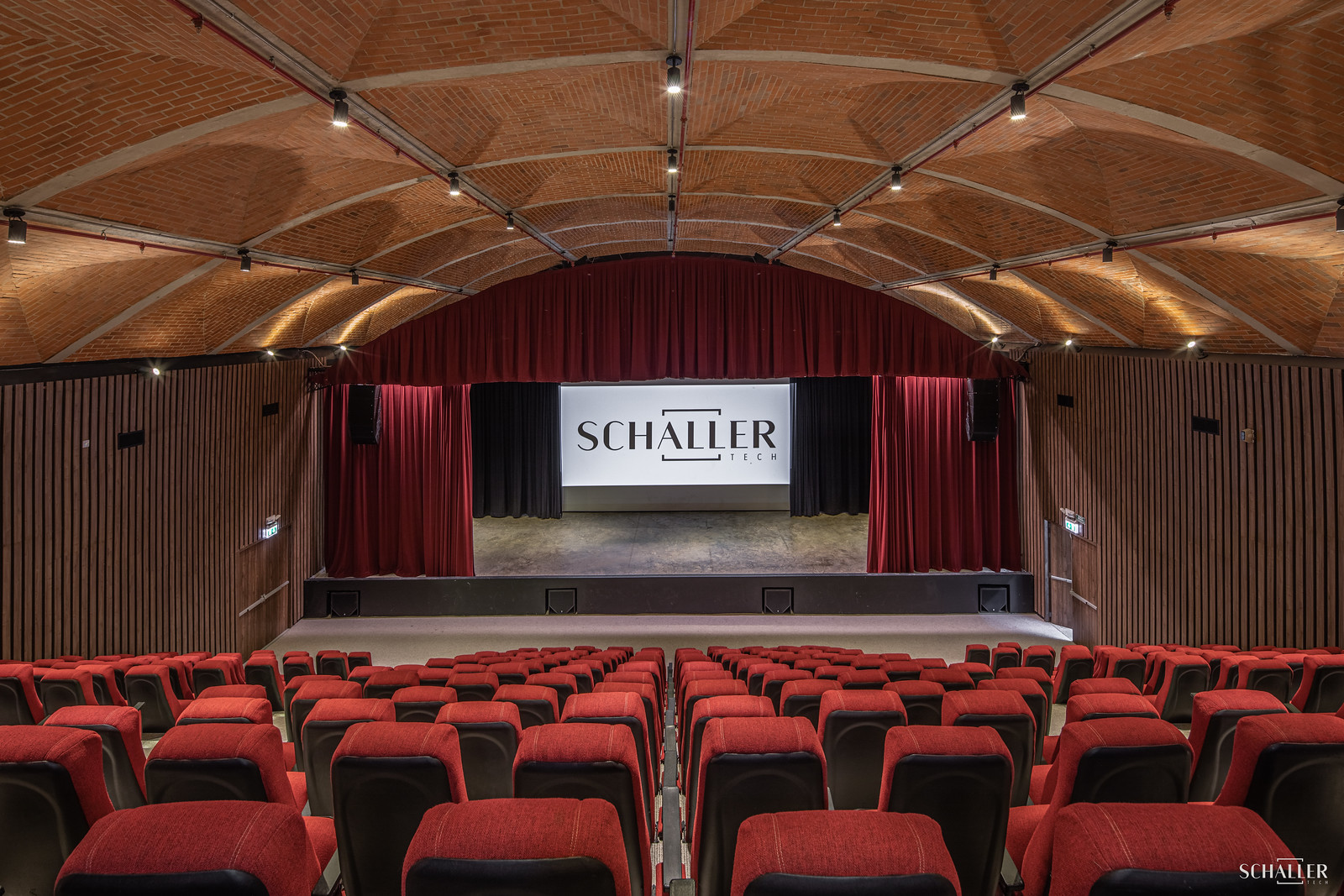Table of contents
At Schaller Design Lab, we understand that pristine sound quality is a game-changer. Whether you’re setting up a home theater, designing a recording studio, or simply enhancing your living space, acoustic conditioning is key.
We’ll dive into the essentials, from sound absorption to diffusion, to ensure you’ve got the know-how to create the perfect acoustic environment. Stick with us, and we’ll show you how to transform any room into an auditory oasis.
What is Acoustic Conditioning?
Definition
Acoustic conditioning—often mixed up with soundproofing—is the process we use to enhance the auditory environment within a space. It involves adjusting surfaces to manage sound reflections and control noise levels, echo, and reverberation. At its core, acoustic conditioning aims to improve sound clarity and reduce unwanted noise, enabling crisp audio transmission. It’s not about silencing a room completely; rather, it’s about sculpting the sound to match the intended use of the area.
Importance
The importance of acoustic conditioning can’t be overstated when it comes to achieving high-quality sound. In a home theater, for instance, proper acoustic treatment ensures that the movie’s soundtrack immerses us without overwhelming dialogues. Within recording studios, it’s paramount for capturing the pure essence of the vocals and instruments without any distortion or coloration from the room itself. Likewise, in business settings like conference rooms, acoustic conditioning allows for clear communication, improving the overall productivity and understanding. It’s an essential consideration for Design Lab and other businesses where auditory experience is a key component of the service offered.
Elements of Acoustic Conditioning
Sound Source
When we consider acoustic conditioning, the sound source is the origin point of any audio frequency. It’s where sound waves begin their journey before interacting with the surrounding environment. High-quality sound sources are crucial because they determine the initial clarity and tone of the output before any conditioning takes place.
In environments like recording studios or home theaters, we make sure that the sound source, whether it be a speaker system or musical instrument, is of the highest standard. This ensures that the sound produced is pure and true to its intended quality, a benchmark that we at Design Lab consistently strive to achieve.
Sound Absorption
Sound absorption is pivotal in minimizing reflections and reverberations that muddy audio clarity. Materials that absorb sound effectively turn acoustic energy into heat, significantly reducing the level of unwanted noise within a space.
Our tailored approach includes the strategic placement of absorptive panels and soft furnishings to target specific frequencies, which are often determined by the size and function of the space. For example, in a business conference room where speech is the primary sound, we’ll focus on materials that absorb human vocal frequencies with greater efficiency.
Sound Transmission
Effectively managing sound transmission is about controlling the way sound travels through different mediums, such as air and building materials. It’s essential for preventing sound from leaking into or out of a designated space, contributing to both privacy and sound quality.
We address sound transmission by:
- Utilizing mass-loaded barriers
- Incorporating airtight seals around doors and windows
- Applying insulating materials within walls
These tactics ensure that sound stays within an intended space, preserving its quality, and preventing disturbances to adjacent areas.
Sound Diffusion
The role of sound diffusion in acoustic conditioning often goes unnoticed but it’s just as important as the other elements. Diffusion scatters sound waves, which helps to create a balanced soundscape that is evenly distributed throughout a space.
At Design Lab, we use diffusers to achieve an even distribution of sound, preventing the formation of hotspots or dead zones. These are especially beneficial in spaces where sound quality and coverage are paramount, such as in large auditoriums or performance venues where every listener deserves a perfect auditory experience.
Benefits of Acoustic Conditioning
Noise Reduction
Implementing acoustic conditioning strategies in an environment dramatically reduces ambient noise levels. This noise reduction is the foundation for achieving a tranquil space, be it in a home theater or a bustling business conference room. At Design Lab, we’ve witnessed substantial decibel drops when proper sound-absorbing materials like acoustic panels or bass traps are installed. These materials trap sound waves, preventing them from bouncing back and polluting the soundscape.
Noise reduction has proven benefits. It’s essential for maintaining focus in workspaces and preserving peace in private settings. Acoustic conditioning ensures that external noise—traffic, construction, or even the hum of appliances—doesn’t intrude on our auditory experiences. By employing state-of-the-art soundproofing techniques, we’ve been able to create serene environments that foster productivity and relaxation.
Improved Speech Intelligibility
Poor acoustics often lead to garbled and muffled speech. This can be problematic, particularly in locations where clear communication is crucial, such as boardrooms or auditoriums. By optimizing the acoustic conditions, speech intelligibility is greatly improved. This ensures that every word is heard and understood clearly, without the need for raised voices or repeated sentences.
Investing in acoustic conditioning can enhance dialogue clarity, thus facilitating better interactions and engagements. At Design Lab, we’ve successfully implemented treatments such as ceiling clouds and wall diffusers to target and mitigate speech-related acoustic issues, ensuring that presentations and discussions are delivered with crystal-clear articulation.
Enhanced Music Clarity
For audiophiles and music lovers, the clarity of music is paramount. Acoustic conditioning plays a critical role in refining music quality, allowing for a full appreciation of the sound. Through strategic placement of diffusers and absorption panels, we can prevent sound waves from clashing and creating unpleasant echoes that muddy the original track quality.
Our experience at Design Lab in fine-tuning studios and entertainment spaces has shown us that with the right acoustic treatment, musical nuances are brought to the forefront—bass lines become tighter, and high notes are crisp and distinct. Whether it’s for a professional recording studio or a home audio system, acoustic conditioning can unlock a level of clarity that elevates the listening experience to new heights.
Considerations for Acoustic Conditioning
Room Size and Shape

Step into the future of learning in this modern lecture hall, featuring vibrant green chairs and a large projection screen for immersive educational experiences.
We can’t overstate the impact that room size and shape have on sound quality. A room’s dimensions directly influence its acoustic properties, with larger spaces often producing more echo. On the other hand, an irregularly shaped room can result in uneven sound distribution, causing certain areas to experience sound differently.
- Rectangular rooms typically offer the best acoustics, promoting uniform sound waves.
- High ceilings can cause longer reverberation times; thus, sound absorption strategies must be tailored accordingly.
Design Lab understands the nuances of acoustic conditioning within diverse room configurations. By applying researched acoustic principles, we can enhance sound quality regardless of room size or shape.
Materials Used
Choosing the right materials for acoustic treatments is critical. Different materials have unique sound absorption coefficients, which determine how effectively they can control reverberation.
- Soft, porous materials such as foam and fabric are excellent for absorbing high-frequency sounds.
- Dense materials like mass-loaded vinyl are effective at blocking lower-frequency noise.
At Design Lab, we assess the frequency spectrum that needs to be addressed and recommend the best materials to ensure a balanced acoustic environment. Our expertise helps in selecting materials that not only improve sound quality but also integrate seamlessly with the room’s aesthetic.
Placement of Acoustic Panels
Strategic placement of acoustic panels is essential for optimizing sound quality. We don’t just throw panels up randomly; we understand that effective placement is guided by the specific acoustic needs of a space.
- Panels should be placed at reflection points where sound waves bounce off walls, floors, and ceilings.
- The height at which panels are mounted can dramatically impact their effectiveness.
Our team at Design Lab conducts thorough analyses to determine the optimal placement of panels, helping to ensure that speech intelligibility is maximized and unwanted noise is mitigated. Whether it’s a recording studio, home theater, or an office space, we meticulously tailor the positioning of acoustic treatments to the unique sonic needs of each environment.
Common Techniques for Acoustic Conditioning
Use of Absorptive Materials
We understand that sound absorption is critical in reducing excessive reverberation and creating a clear auditory experience. Absorptive materials play a pivotal role in this. Typically, these materials have a soft, porous structure that traps sound waves. For instance, open-celled foam or fibrous batts effectively dampen high-frequency noise, making them essential in studios and home theaters.
Some examples of absorptive materials include:
- Acoustic foam
- Mineral wool
- Heavy curtains
- Fabric-wrapped fiberglass panels
In our practice at Design Lab, we’ve found that implementing these materials not only improves sound quality but also enhances the overall aesthetic of a space.
Installation of Acoustic Panels
Acoustic panels are a go-to solution for targeted sound control. They’re not one-size-fits-all; their efficiency depends on proper placement. We strategically position panels at reflection points, where sound waves typically bounce off surfaces and create echoes. This technique greatly benefits spaces like lecture halls and recording studios, where clarity is paramount.
When installing acoustic panels, we consider the following:
- The size and shape of the room
- The existing surfaces within the space
- The primary activities the room is used for
Using a calculated approach ensures the panels are effective in managing unwanted noise.
Acoustic Diffusers
Acoustic diffusers serve to scatter sound across a room, mitigating the issue of sound waves clustering in hot spots. Instead of absorbing the sound, diffusers break up energy, distributing it evenly throughout the environment. We often recommend installing diffusers in conjunction with absorptive materials to balance the sound profile in a room.
Some common types of acoustic diffusers include:
- Quadratic residue diffusers
- Skyline diffusers
- Hemispherical diffusers
At Design Lab, selecting the right type and arrangement of acoustic diffusers is part of our service, ensuring optimal auditory results. It’s about achieving not only functionality but also a form that complements the design of the space.
Conclusion
We’ve explored the transformative power of acoustic conditioning and how it can dramatically enhance the auditory experience. By incorporating absorptive materials and strategically placing acoustic panels and diffusers we create environments where sound is not just heard but felt in its intended clarity and depth. Remember every space has its unique acoustic signature and with Design Lab’s expertise we can craft a soundscape that’s as individual as the venues themselves. Let’s make our world sound better one room at a time.
Frequently Asked Questions
What is acoustic conditioning?
Acoustic conditioning refers to the process of adjusting and enhancing the acoustic environment of a space. It involves using materials and techniques to manage sound levels, control reverberation, and improve the overall sound quality within the room.
Why is acoustic conditioning important?
Acoustic conditioning is important to ensure clear sound transmission, reduce noise pollution, and create an optimal listening environment, which is crucial for spaces like lecture halls and recording studios.
What materials are used for acoustic conditioning?
Materials commonly used for acoustic conditioning include acoustic foam, mineral wool, heavy curtains, and fabric-wrapped fiberglass panels. These materials help absorb sound and reduce reverberation.
Where should acoustic panels be placed for optimal sound control?
Acoustic panels should be strategically placed at points of sound reflection in a room, such as on walls directly opposite speakers or along ceiling areas where sound waves tend to bounce.
What are acoustic diffusers and their types?
Acoustic diffusers are devices designed to scatter sound waves, thereby reducing standing waves and echoes. Types of diffusers include quadratic residue diffusers, skyline diffusers, and hemispherical diffusers.
How does Design Lab assist with acoustic treatment?
Design Lab specializes in creating custom acoustic treatments tailored to the specific needs of different environments. They consider room dimensions, usage, and sound quality objectives to optimize acoustic performance.
Our Portfolio
Table of contents


